Famous People from Taketa
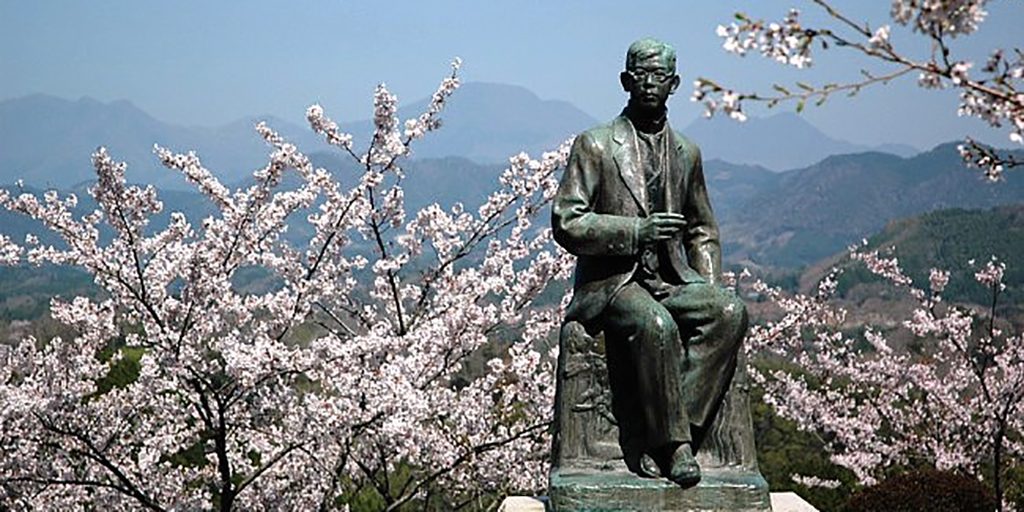
Pianist and Composer
For a comparatively small town, Taketa seems to have been home to more than its fair share of famous people.
Taketa Banjo (active 7th – 8th century)
Architect
There is a Japanese saying: “Carpenters come from Hida and architects who build with wood come from Taketa”
(Hida is a town near Gifu in the centre of the mainland.)
The oldest wooden temple in Kyushu, Fukiji Amida-do, was built with massive Torreya timbers by Taketa Banjo in 718. His work can be seen not only in Kyushu but also in the Yamaguchi Prefecture on the mainland. Taketa Banjo, and other highly skilled itinerant architects of the period, built temples and buildings for the imperial court that have always enjoyed a high reputation. These remarkable traditional buildings were constructed entirely with wood and other natural materials, secured with pegs and wedges, without metallic nails.
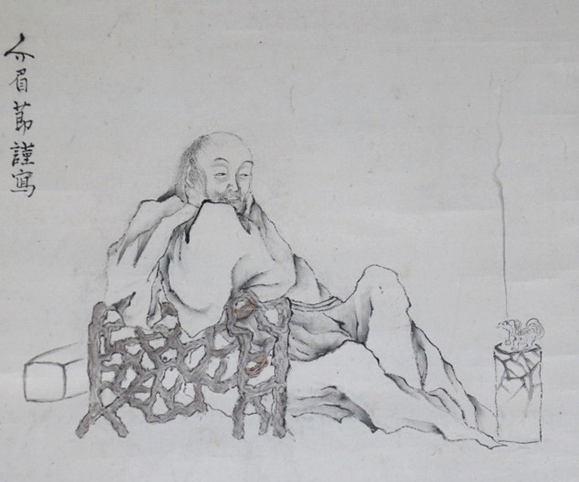
Artist, painter, poet and writer
Artist, painter, poet and writer
Born into the family of a doctor in the service of a daimyo, Chikuden did not become a doctor himself because of his own poor health. Instead, his life was dedicated to the arts. He was a co-author of the famous Bungo Kokushi – the History Book of Bungo Province, under the direction of Kunzan Karahashi from Edo, who was also the head of the Yugakukan, the school of the Oka family. When Karahashi died unexpectedly, the young Chikuden took over the research and editorship and in 1803, at the age of only 27, he had completed the first 9 volumes.
Following this, he traveled throughout Japan, meeting important artists and intellectuals, while himself writing poetry. In 1814, he met the Confucian philosopher, Rai Sanyo in Hiroshima who recognised Chikuden’s talent and he became a member of Sanyo’s sophisticated circle of artists.
Nanga is an art form combining painting from Nature with poetry and calligraphy. It originated in China but in his own work Chikuden interpreted the beauty of the Taketa countryside in a personal manner. With his students he established a style known as Bungo Nanga. Many Chikuden paintings are today listed as Cultural National Treasures.
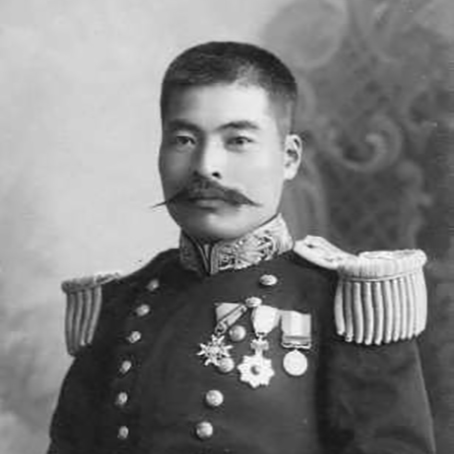
Naval officer, Russian
Takeo Hirose (1868-1904)
Naval officer, Russian specialist
Takeo was a lieutenant in the Imperial Japanese Navy who died in the Russo-Japanese War and was later deified for his heroic self-sacrifice while rescuing his drowning comrades. He was a specialist in all things Russian and a master of Judo. The second son of a samurai of the Oka family, Takeo spent his childhood in Taketa. His mother died when he was 6 and so he was brought up by his grandmother who, even after the modernization of Japan, was very strict and taught him traditional Japanese values and discipline
He studied at the Imperial Japanese Naval Academy. In 1897 he was sent to Russia as military attaché to learn a much as possible from this strong military power. He studied not only Russian military science but also current affairs, the Russian language, literature and culture and made many friends among the Russian aristocracy.
Despite his close relationship with the country, Takeo took part in the Russo-Japanese War in 1904. A block ship he commanded was shelled and sunk outside Port Arthur. He was killed while rescuing survivors.
30 years later, Takeo Hirose was deified as a gunshin – a military god – and is commemorated in the Hirose Shinto Shrine on the hilltop near the remains of Oka Castle.
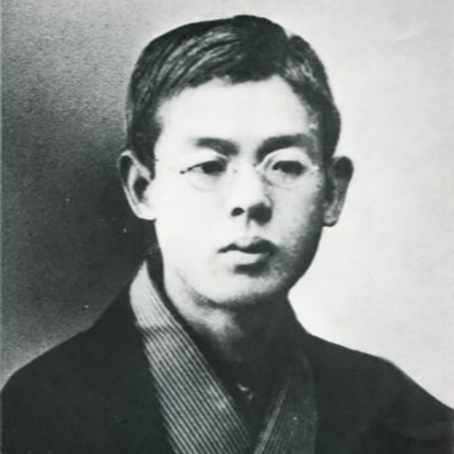
Pianist and Composer
Rentaro Taki (1879-1903)
Pianist and Composer
Rentaro’s melodies Kojono-Tsuki and Hana make him one of Japan’s best known composers. He was born in Tokyo but his father was a civil servant and the family home followed his place of work. They lived in Taketa when Rentaro was aged 12 and 13. Quickly assimilating local manners and philosophy he spent his time wandering around the town and countryside.
He studied music at the Tokyo Music School and later at the Leipzig Conservatory under Mendelssohn. He sent one of his compositions to Lieutenant Takeo Hirose who was living at that time in St. Petersburg. It was so beautiful that many Russians could not believe that it was by a Japanese composer. While in Leipzig, Rentaro contracted tuberculosis and returned to Japan, living quietly in the country. He died when he was only 23 years old. The house in Taketa where his family lived is now a museum dedicated to his life and work.
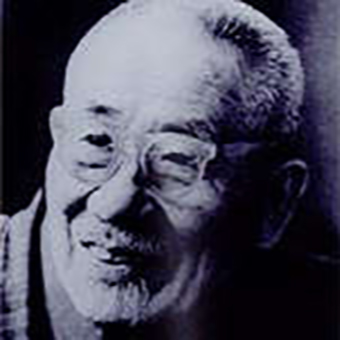
Artist, Sculptor
Fumio Asakura (1883-1964)
Artist, Sculptor
Fumio Asakura was born in nearby Asaji, part of what is now Bungo-ono. He was the fifth of 11 children but was adopted by the Asakura family at the age of 10 and went to school in Taketa. He was not good at school and moved to Tokyo to visit his brother from his original family, a sculptor, Nagao Watanabe.
Under his brother’s influence and through his own hard work as a sculptor, Fumio entered the Tokyo Art School (now Tokyo Art University). While studying, he was commissioned to make a sculpture of a lieutenant //?// and began to attract attention.
After graduating, in 1907, he set up his own studio, had several students and broadened his horizons with a trip to Borneo and Singapore. At the age of 34, he was invited to join an art competition jury as its youngest member. In 1921, he became a professor at his alma mater, the Tokyo Art School.
He continued with his subjective realist style after the Second World War. In 1948, he received the Order of Culture, followed by the Honorable Order of Culture in 1951. His works can be seen all over Japan, including Taketa. He is known as “the father of Japanese sculpture” and “the Rodin of Japan”. There are museums about his work in his birthplace, Asaji, and in Tokyo.
http://www.taitocity.net/zaidan/asakura/
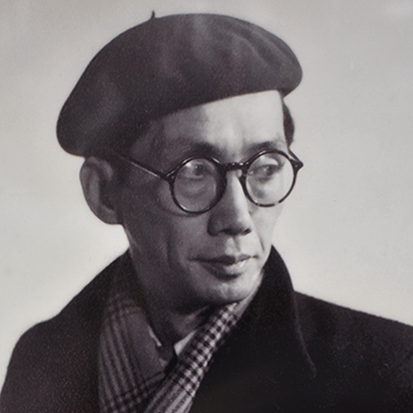
Author of books for children, poet
Yoshimi Sato (1905-1968)
Author of books for children, poet
Yoshimi Sato is famous for his lyrics of a well-known childrens’ song “Inu no Omawari-san” (A dog policeman). He was greatly influenced by his father, Heitaro, a painter. Yoshimi was born in Taketa but when his father was invited to be an art supervisor at Yokohama, a suburb of Tokyo, the whole family moved there. Heitaro dreamed of going to study in Paris but three years after they moved to Yokohama, it was struck by the great earth Tokyo earthquake of 1923 and his house, and with it all his paintings, brushes and tools, were completely destroyed by fire. After that, Heitaro became an art teacher. Yoshimi also painted but he chose to become a writer for children.
Yoshimi was known as a pacifist, largely as a result of his experience of the Second World War. He was not an activist but he had a personal respect for life; throughout his career he concentrated on writing for children. He died at the age of 63, in the middle of a long work about the atomic bomb.
There is a museum in memory of Yoshimi Sato in Taketa that was built in 1998 and is similar in style to the house where he lived in Zushi, near Tokyo. On the 29th April every year, the Yoshimi Sato Taketa Childrens’ Book Festival is held there.